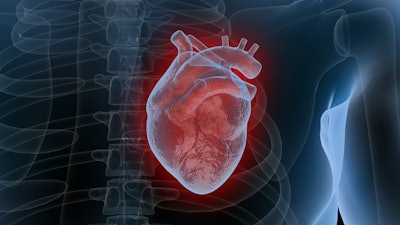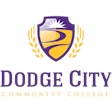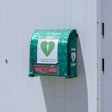
Both Florida and Vermont have in the past week passed laws that will mandate cardiac screening for all high school athletes.
In Florida, legislators passed a law that will require heart scans for all high school student-athletes beginning in the 2026-27 school year.
"Almost every screen I've had — even if I have five kids or 150, there's almost always one," St. Johns County heart screening director Melissa Hartman told the local NBC affiliate. "It's something people don't think about because you don't feel it. You don't usually have any symptoms. All of a sudden it just happens."
Hartman said the demand for heart scans is about to skyrocket with the new Florida law. Students will only have to do it once while they're in school, and Hartman says they have a few options: They can go to a Who We Play For screening event, visit a physician or go through their school's athletic department.
"There's no need to wait, and you don't want to wait either because there's only so many volunteers, there's only so many physicians to read these, and we could have a backlog if you wait until the very end," Hartman said.
In Vermont, where the survival rate from sudden cardiac arrest is among the lowest in the country, lawmakers passed a law that will require emergency cardiac response training in all schools in the state.
It is estimated that about 23,000 children under the age of 18 experience cardiac arrest outside of a hospital each year in the U.S. Of those children, about 40% are sports-related. Whether in the classroom or on the playing field, having a plan in place to enable faculty, staff, and students to quickly and correctly respond to a cardiac emergency can save lives. In schools with AEDs, approximately 70% of children survive cardiac arrest –seven times the overall survival rate for children.
American Heart Association Government Relations Director Tina Zuk said low survival rates can be attributed to the lack of lay responder action.
“This law is so important because it helps to build a nation of lifesavers,” Zuk said. “Only 40% of victims get the immediate help they need before first responders arrive. That’s why bystander involvement is so crucial. CPR, if performed immediately, can double or triple a person’s chance of survival. With CPR-trained teams ready to act and automated external defibrillators (AEDs) at schools and sports, survival rates will go up.”





































